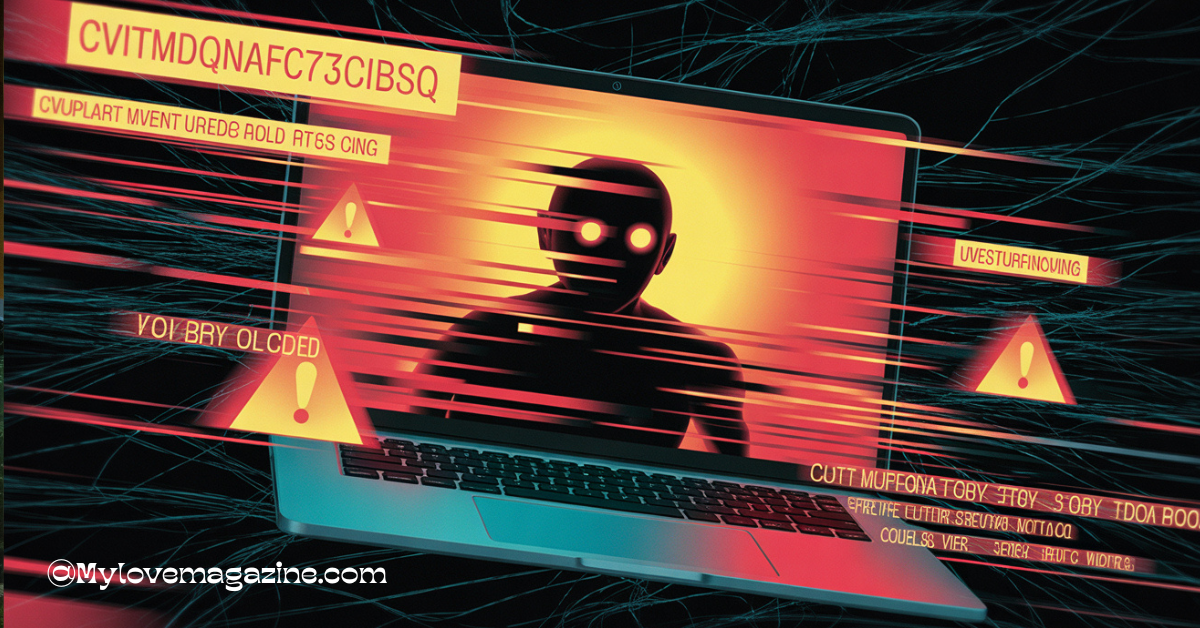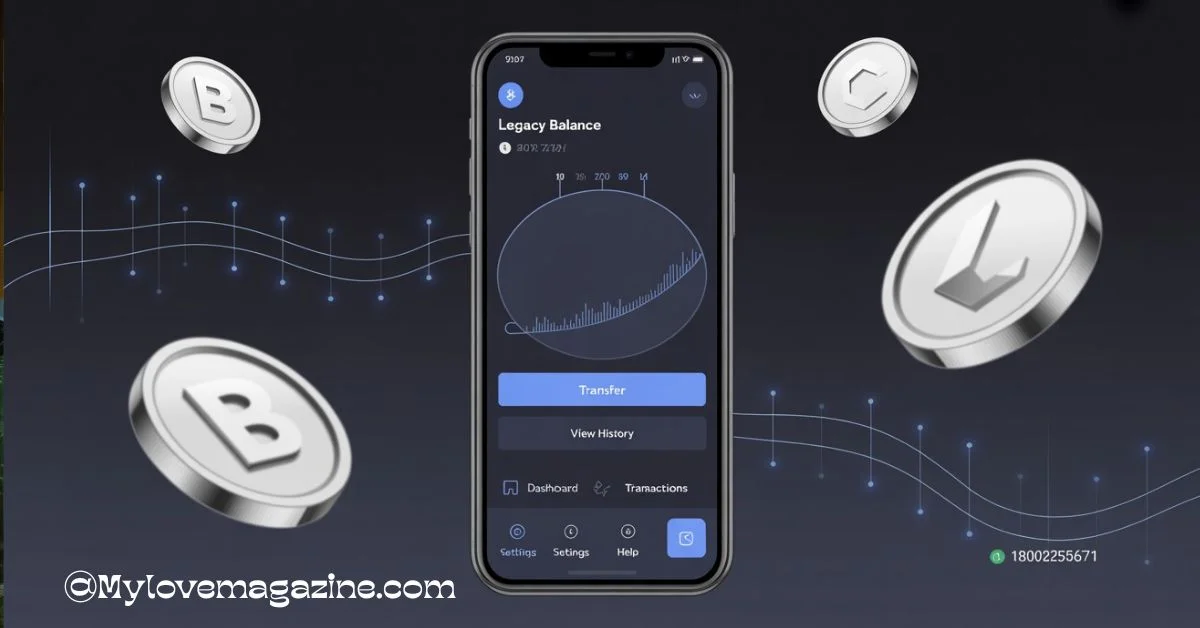Cvitmdqnaffc73cibsq Virus Computer: Real Threat or Scam!
The cvitmdqnaffc73cibsq virus computer is a suspicious, often fake warning message that may appear in system alerts or pop-ups. While the virus name itself seems randomly generated and unlisted in major threat databases, its presence could still indicate real malware. Always scan your device using trusted antivirus tools to stay safe.
Stay tuned with us as we continue to explore everything you need to know about the cvitmdqnaffc73cibsq virus, from detection tips to expert safety advice.
What Is the Cvitmdqnaffc73cibsq Virus Computer and Should You Be Concerned?
With thousands of digital threats surfacing each day, one strange and suspicious term is raising questions online: CVITMDQNAFFC73CIBSQ virus computer. At first glance, the random string of characters looks more like a corrupted filename than a real virus. However, its appearance in security alerts, search queries, and forum posts has left users wondering: is this a legitimate cyber threat, or just another hoax?
Understanding what the “cvitmdqnaffc73cibsq virus computer” really is—and whether you should be concerned—requires a deeper look at how viruses work, how they’re named, and how such unknown entries can pose risks. In this guide, we explore everything from symptoms of infection to scanning tools, expert advice, and preventive strategies to protect your system.
Is the Cvitmdqnaffc73cibsq Virus Computer Malware or Just a Scam?
One of the first things that should raise a red flag about the cvitmdqnaffc73cibsq virus computer is its name. Most known malware names either follow identifiable patterns or are labeled based on the developer’s naming conventions. This string of seemingly random letters could indicate either:
- A placeholder or fake virus name used in phishing or scareware campaigns
- A generic tag used by low-grade antivirus software
- A misread, corrupted, or auto-generated identifier from a threat database
Given that no major cybersecurity databases (like Symantec, Kaspersky, or Sophos) currently list cvitmdqnaffc73cibsq as a known threat, it’s highly possible this is either a scare tactic or the result of a software glitch. However, even if the virus itself is not confirmed, the way it appears—such as in pop-ups or redirects—might indicate the presence of real malware or spyware on your device.
What Are the 10 Symptoms of Computer Viruses You Should Watch For?
Whether or not the CVitmdqnaffc73cibsq virus computer is real, there are well-documented symptoms that point to infection. If you’re experiencing these, there’s a strong chance your system has been compromised:
- Sluggish system performance
- Frequent crashes or blue screen errors
- Unusual pop-up ads or warnings
- Unexpected restarts
- Missing or renamed files
- New toolbars or plugins in your browser
- High disk or CPU usage when idle
- Disabled antivirus or system updates
- Redirected search results or hijacked homepage
- Suspicious processes running in Task Manager
If you notice more than a couple of these signs, the “cvitmdqnaffc73cibsq” reference might be part of a broader malware infection. Even if the name is fake, the damage could be real.
How Can You Check If Your System Has the Cvitmdqnaffc73cibsq Virus?
You don’t need to be a tech expert to check for viruses on your computer. Several reliable online tools and software options allow you to scan your system for threats, including obscure or newly-named ones like the cvitmdqnaffc73cibsq virus computer.
Start with a reputable virus scanner online, such as:
- VirusTotal: Upload suspicious files or URLs to be scanned across dozens of antivirus engines.
- ESET Online Scanner: Runs full system scans with deep detection algorithms.
- Trend Micro HouseCall: A free cloud-based scanner for malware and spyware.
For a complete scan, it’s best to combine an online virus scan free of charge with installed antivirus software like Bitdefender, Avast, or Malwarebytes. These can detect hidden files, suspicious registry changes, or lingering infections.
What Is the Reddit Community Saying About the Cvitmdqnaffc73cibsq Virus Computer?
Tech communities like Reddit often act as early warning hubs for digital threats. A search for “cvitmdqnaffc73cibsq virus computer” on Reddit reveals a mix of skepticism and concern.
Many users report seeing the name in obscure pop-ups, system alerts, or after installing third-party freeware. Some suspect it’s part of a scareware campaign, where rogue apps throw fake virus names to trick users into paying for unnecessary “clean-up” tools.
Others suggest it might be an auto-generated code used by a lightweight scanner that misidentified a legitimate file. While Reddit does not confirm whether the virus is real, the takeaway is clear: if you see strange names like cvitmdqnaffc73cibsq, scan your system immediately.
How Do You Remove the Cvitmdqnaffc73cibsq Virus Computer Safely?
If you’ve confirmed infection—whether by this virus or another—you’ll want to act quickly. Here’s a standard step-by-step removal process:
- Disconnect from the internet to stop potential data leaks.
- Boot your PC in Safe Mode with Networking.
- Run a full scan using antivirus tools like Malwarebytes, Norton, or Windows Defender.
- Use specialized anti-spyware tools if needed.
- Check your browser settings and remove unwanted extensions.
- Clear your cache, cookies, and temporary files.
- If issues persist, perform a system restore or Windows reset.
Reinstalling your operating system should be a last resort—but in extreme infections, it’s often the most effective solution.
How Can You Prevent Spyware and Malware Like Cvitmdqnaffc73cibsq?
Prevention is always better than cure, especially with unpredictable threats like the cvitmdqnaffc73cibsq virus computer. Here are key steps to reduce risk:
- Avoid suspicious downloads: Don’t install software from unknown sources.
- Use browser protection extensions: Tools like uBlock Origin and HTTPS Everywhere help block harmful sites.
- Enable real-time protection in your antivirus.
- Keep your OS and software updated regularly.
- Be cautious with email attachments and unsolicited links.
You can also set up parental controls or group policies in Windows to limit app installations and changes, making it harder for hidden malware to embed itself.
Could the Cvitmdqnaffc73cibsq Virus Computer Be a Hoax?
There’s a real possibility that CVitmdqnaffc73cibsq virus computer isn’t a real virus but a hoax or placeholder name. Many fake alerts use fabricated virus names to scare users into downloading harmful software or paying for fake antivirus software.
So how can you tell real threats from fake ones?
- Check trusted virus databases like VirusTotal or the Microsoft Security Intelligence portal.
- If the virus name only shows up in scammy forums or unverified blogs, it’s probably fake.
- Cross-reference the warning with your installed antivirus software’s logs.
Scammers use fear tactics to push you into quick, uninformed decisions. Stay calm, do your research, and scan your system using reputable tools.
How Do You Optimize Your Website Content Around Keywords Like Cvitmdqnaffc73cibsq Virus Computer?
For content creators or site owners, writing about obscure tech terms like CVITMDQNAFFC73CIBSQ virus computer can be tricky but rewarding. You’ll want to incorporate related terms to capture more long-tail traffic.
Relevant supporting keywords include:
- spyware
- malware
- virus scanner online
- VirusTotal
- Symptoms of a computer virus
Make sure to:
- Use the main keyword naturally in headings and paragraphs
- Include semantic LSI keywords
- Avoid keyword stuffing
- Provide actual value (not just recycled definitions)
A comparison table or a real scan demo can add further value and improve user engagement—two things Google loves.
FAQ’s
Q1. Is “cvitmdqnaffc73cibsq virus computer” an actual virus?
No major antivirus databases list it, so it’s likely a hoax or scareware term. However, its appearance may still point to other infections.
Q2. Can I safely ignore the cvitmdqnaffc73cibsq virus warning?
Only after scanning your system using tools like VirusTotal and Malwarebytes. Don’t ignore any warning without investigating.
Q3. What if my antivirus doesn’t detect it?
Try alternative scanners like ESET Online or Trend Micro. If all scans are clean, the threat may be fake or already removed.
Q4. How did this virus get on my system?
Possibly via bundled downloads, email phishing, or fake software updates. Always review installations carefully.
Q5. Is reformatting necessary to remove the cvitmdqnaffc73cibsq virus computer?
Only in extreme cases. Start with full scans and safe mode cleanups before considering reinstallation.
Q6. How to know if it’s a fake virus warning?
Check if the warning uses strange language, urges urgency, or names unknown viruses. Cross-check with trusted antivirus logs and VirusTotal.
Q7. Is there a virus on this computer?
Run a full system scan using trusted antivirus programs and tools like VirusTotal to detect any hidden malware or suspicious activity.
Q8. How to check a link for a virus?
Use VirusTotal.com to paste and scan any suspicious URL before clicking. Also, avoid clicking shortened or unverified links.
Conclusion
While the cvitmdqnaffc73cibsq virus computer may not be a recognized or confirmed cyber threat, its suspicious presence in warnings and online forums demands caution. Whether real or not, it serves as a timely reminder to stay alert, use trusted antivirus tools, and avoid risky downloads. Keep your system secure, your software updated, and always verify before reacting to any security alert.
Also read:














Post Comment